Home>Furniture & Design>Outdoor Furniture>How To Reset Sensor Lights Outdoors
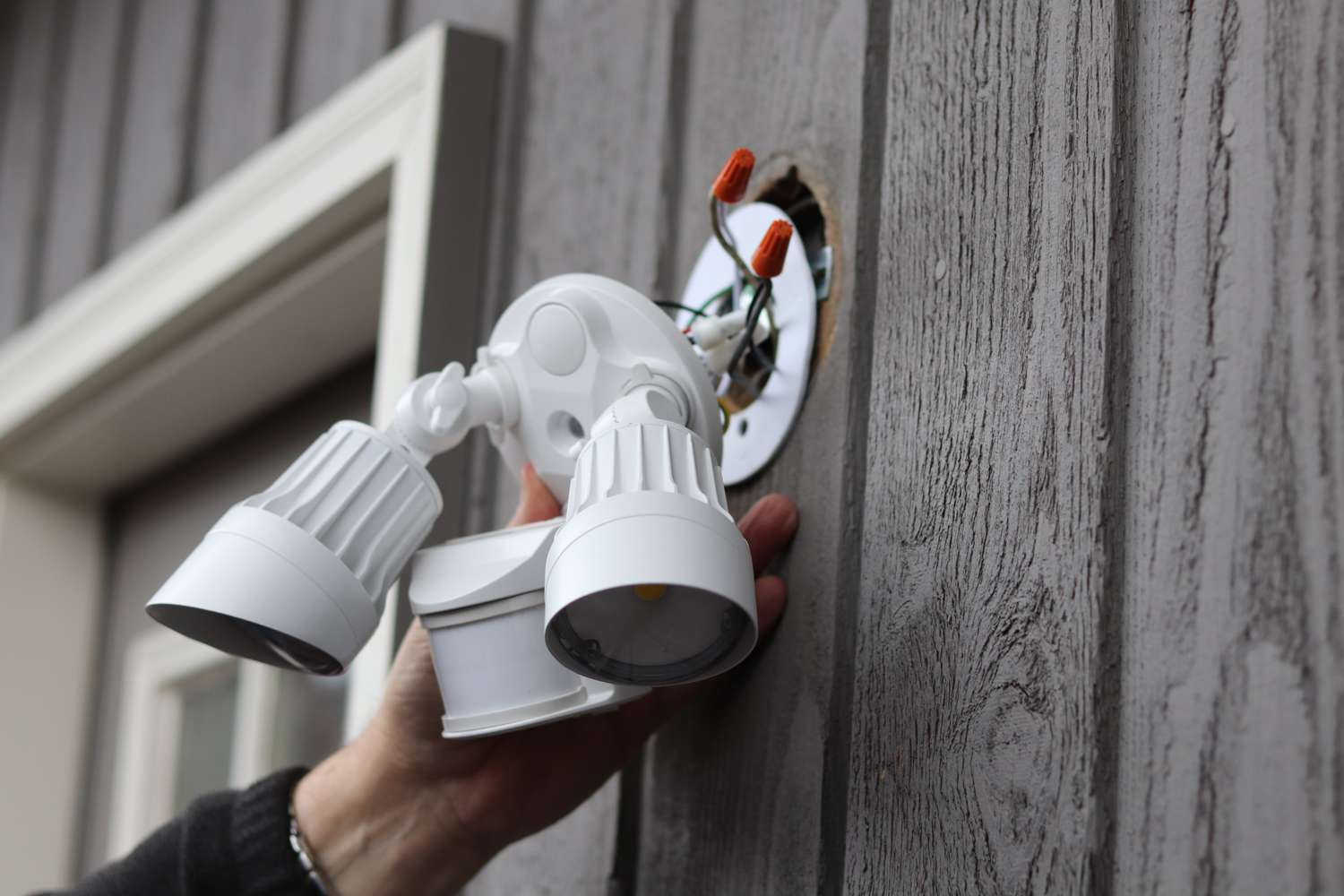

Outdoor Furniture
How To Reset Sensor Lights Outdoors
Modified: February 18, 2024
Learn how to reset sensor lights outdoors with our expert tips. Keep your outdoor furniture and design well-lit and secure. Fast and easy solutions for your outdoor space.
(Many of the links in this article redirect to a specific reviewed product. Your purchase of these products through affiliate links helps to generate commission for Storables.com, at no extra cost. Learn more)
Introduction
Welcome to the world of sensor lights! These innovative outdoor fixtures provide both convenience and security by automatically illuminating the surrounding area when motion is detected. Whether you're returning home after a long day, hosting a gathering in your backyard, or simply taking out the trash after dark, sensor lights offer a hands-free lighting solution that enhances safety and visibility.
In this comprehensive guide, we will delve into the intricacies of sensor lights, exploring their functionality, common issues, troubleshooting techniques, and the essential process of resetting them. By the end of this journey, you'll be equipped with the knowledge and confidence to address any sensor light-related concerns that may arise in your outdoor space.
So, let's embark on this illuminating adventure and shed light on the fascinating world of sensor lights!
Key Takeaways:
- Keep Your Sensor Lights Shining Bright
Regularly clean the sensor, check power supply, and adjust sensitivity settings to troubleshoot common issues. If problems persist, follow the reset process to restore optimal functionality. - Illuminate Your Outdoor Space with Confidence
Resetting sensor lights is essential for clearing malfunctions and restoring default settings. Follow the step-by-step guide to ensure reliable and efficient operation for enhanced safety and convenience.
Read more: How To Fix Outdoor Sensor Light
Understanding Sensor Lights
Sensor lights, also known as motion-activated lights, are designed to detect movement within their specified range and promptly illuminate the area. These intelligent lighting solutions are equipped with motion sensors, typically employing passive infrared (PIR) technology to detect heat and movement. When an individual or object enters the sensor’s field of view, the light is triggered, providing instant illumination.
One of the key advantages of sensor lights is their ability to enhance security by deterring potential intruders. The sudden activation of bright light serves as a powerful deterrent, discouraging unauthorized individuals from lingering near your property. Additionally, sensor lights offer the practical benefit of hands-free operation, automatically illuminating pathways and entry points as you approach, thereby minimizing the risk of tripping or fumbling for keys in the dark.
These lights can be a valuable addition to outdoor spaces, such as gardens, driveways, patios, and entrances, where reliable and responsive illumination is essential. Whether you’re navigating your property at night, entertaining guests, or simply enjoying a quiet evening outdoors, sensor lights contribute to a safer and more convenient outdoor environment.
It’s important to note that sensor lights are available in various designs, including floodlights, wall-mounted fixtures, and standalone units, allowing you to select the most suitable option for your specific lighting needs. Furthermore, advancements in technology have led to the development of solar-powered sensor lights, offering an eco-friendly and cost-effective lighting solution for outdoor areas without direct access to electrical power.
Understanding the fundamental principles and benefits of sensor lights sets the stage for effectively troubleshooting and maintaining these valuable outdoor fixtures. Now, let’s explore the common issues that may arise with sensor lights and how to address them.
Troubleshooting Sensor Lights
While sensor lights are designed to operate seamlessly, they may encounter occasional issues that affect their performance. Understanding these common problems and implementing effective troubleshooting techniques can help restore your sensor lights to optimal functionality.
- Obstruction of the Sensor: Over time, dust, debris, or even spider webs can accumulate on the sensor, obstructing its ability to detect motion accurately. Regularly clean the sensor with a soft, dry cloth to ensure unimpeded functionality.
- Power Supply Interruptions: Fluctuations in the power supply or temporary outages can disrupt the operation of sensor lights. Check the power source, replace batteries if applicable, and ensure a stable electrical connection to resolve power-related issues.
- Sensitivity Settings: The sensitivity settings of the motion sensor may need adjustment, especially if the light is being triggered unnecessarily or failing to activate when needed. Refer to the manufacturer’s instructions to fine-tune the sensitivity settings according to your specific requirements.
- Environmental Factors: External elements such as extreme weather conditions, direct sunlight, or nearby heat sources can impact the sensor’s performance. Consider repositioning the sensor or installing shields to minimize the influence of external factors.
- Outdated Firmware or Software: For advanced sensor lights with programmable features, outdated firmware or software can lead to operational issues. Check for available updates and follow the manufacturer’s guidelines to ensure that the sensor light’s software is up to date.
- Defective Components: If all troubleshooting efforts fail to resolve the issues, it’s possible that the sensor light’s components, such as the motion sensor or the lighting module, may be faulty and require professional inspection or replacement.
By systematically addressing these common issues, you can effectively troubleshoot your sensor lights and identify the root cause of any performance-related concerns. However, if the issues persist or if you encounter difficulties in resetting the sensor light, it may be necessary to proceed with a reset to restore its default settings and functionality.
Now, let’s explore the essential process of resetting sensor lights to resolve persistent issues and ensure optimal performance.
If your outdoor sensor lights are not working, try resetting them by turning off the power at the circuit breaker for a few minutes, then turning it back on. This can often reset the sensors and get them working again.
Resetting Sensor Lights
Resetting sensor lights is a fundamental step in troubleshooting persistent issues and restoring them to their default settings. This process allows you to clear any erroneous configurations or malfunctions that may be affecting the performance of the sensor light. Here’s a step-by-step guide to effectively reset your sensor lights:
- Power Off: Begin by turning off the power supply to the sensor light. This may involve switching off the circuit breaker or disconnecting the light from its power source.
- Wait Period: Allow a brief period of time, typically 10-15 seconds, for the sensor light to completely power down and reset itself. This waiting period ensures that any residual electrical charge dissipates, facilitating a thorough reset.
- Power On: After the waiting period, restore power to the sensor light by turning the circuit breaker back on or reconnecting the light to its power source. Once powered on, the sensor light will undergo a reset process, reverting to its default settings.
- Functional Test: To confirm that the reset was successful, perform a functional test by triggering the sensor light through motion detection. Observe the light’s response to ensure that it activates and operates as expected.
- Adjustments (if necessary): Following the reset, make any required adjustments to the sensitivity settings, duration of illumination, or other customizable features based on your specific preferences and the manufacturer’s recommendations.
It’s important to consult the manufacturer’s documentation for your specific sensor light model, as the reset process may vary slightly depending on the design and functionality of the fixture. Additionally, some sensor lights may have a dedicated reset button or sequence that needs to be followed to initiate the reset process effectively.
By following these steps and ensuring a thorough reset, you can effectively address persistent issues and restore your sensor lights to reliable and efficient operation. Remember that regular maintenance, including periodic cleaning and inspections, can contribute to the prolonged performance and longevity of your sensor lights.
With your sensor lights reset and functioning optimally, you can continue to enjoy the convenience, security, and enhanced visibility they provide in your outdoor spaces.
Conclusion
Congratulations on delving into the fascinating realm of sensor lights! By gaining a deeper understanding of their functionality, troubleshooting common issues, and mastering the essential process of resetting them, you’ve empowered yourself to maintain and optimize these valuable outdoor fixtures.
As you navigate the world of sensor lights, remember that regular maintenance and attentive troubleshooting are key to ensuring their consistent performance. By keeping the sensor clean, adjusting sensitivity settings as needed, and promptly addressing any operational concerns, you can maximize the benefits of these intelligent lighting solutions.
Furthermore, the process of resetting sensor lights serves as a valuable tool in your maintenance arsenal, allowing you to clear any anomalies and restore the lights to their default settings. Whether you’re enhancing the security of your property, illuminating outdoor gatherings, or simply navigating your surroundings after dark, well-maintained sensor lights contribute to a safer, more convenient, and visually appealing outdoor environment.
As you continue to enjoy the benefits of sensor lights, consider exploring advanced features, such as programmable settings and energy-efficient technologies, to further optimize their functionality and eco-friendly impact. Additionally, staying informed about the latest advancements in sensor light technology can guide you in making informed decisions when expanding or upgrading your outdoor lighting setup.
With your newfound knowledge and expertise in sensor lights, you’re well-equipped to address any challenges that may arise and to harness the full potential of these innovative outdoor fixtures. Embrace the convenience, security, and enhanced ambiance that sensor lights bring to your outdoor spaces, and relish the peace of mind that comes with reliable and responsive illumination.
Thank you for embarking on this illuminating journey with us. May your outdoor spaces continue to shine brightly with the brilliance of sensor lights, enriching your experiences and ensuring safety and comfort for all who venture into the night.
Frequently Asked Questions about How To Reset Sensor Lights Outdoors
Was this page helpful?
At Storables.com, we guarantee accurate and reliable information. Our content, validated by Expert Board Contributors, is crafted following stringent Editorial Policies. We're committed to providing you with well-researched, expert-backed insights for all your informational needs.
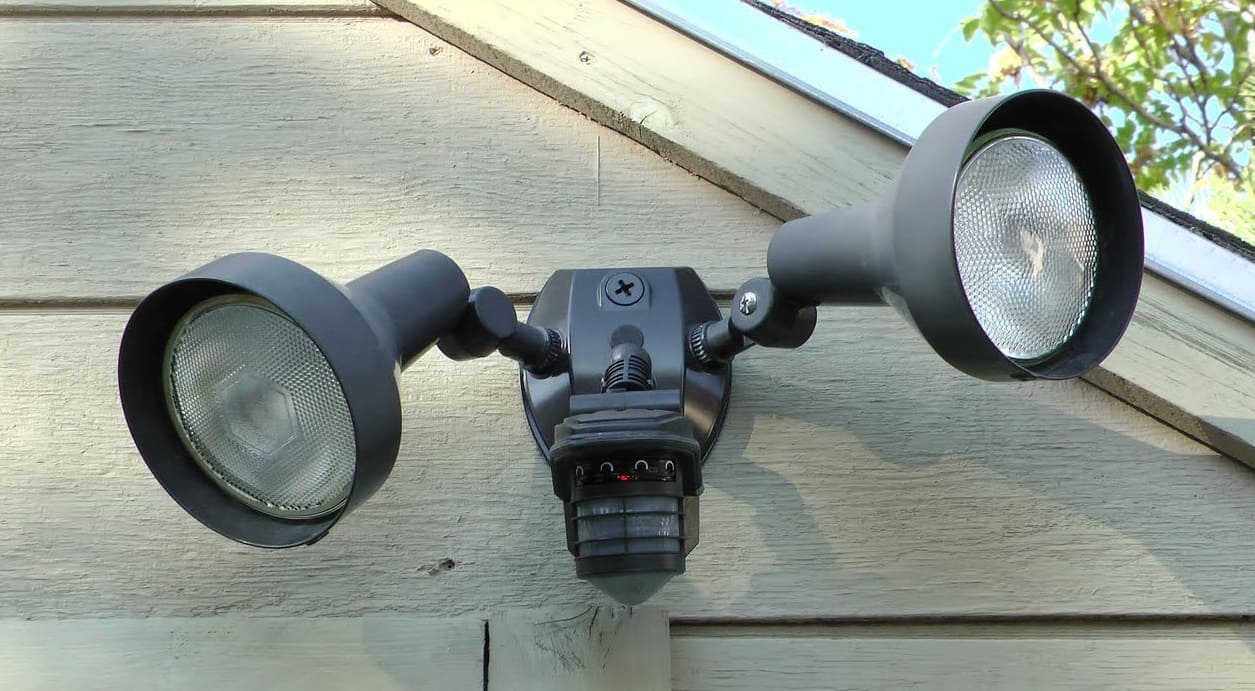
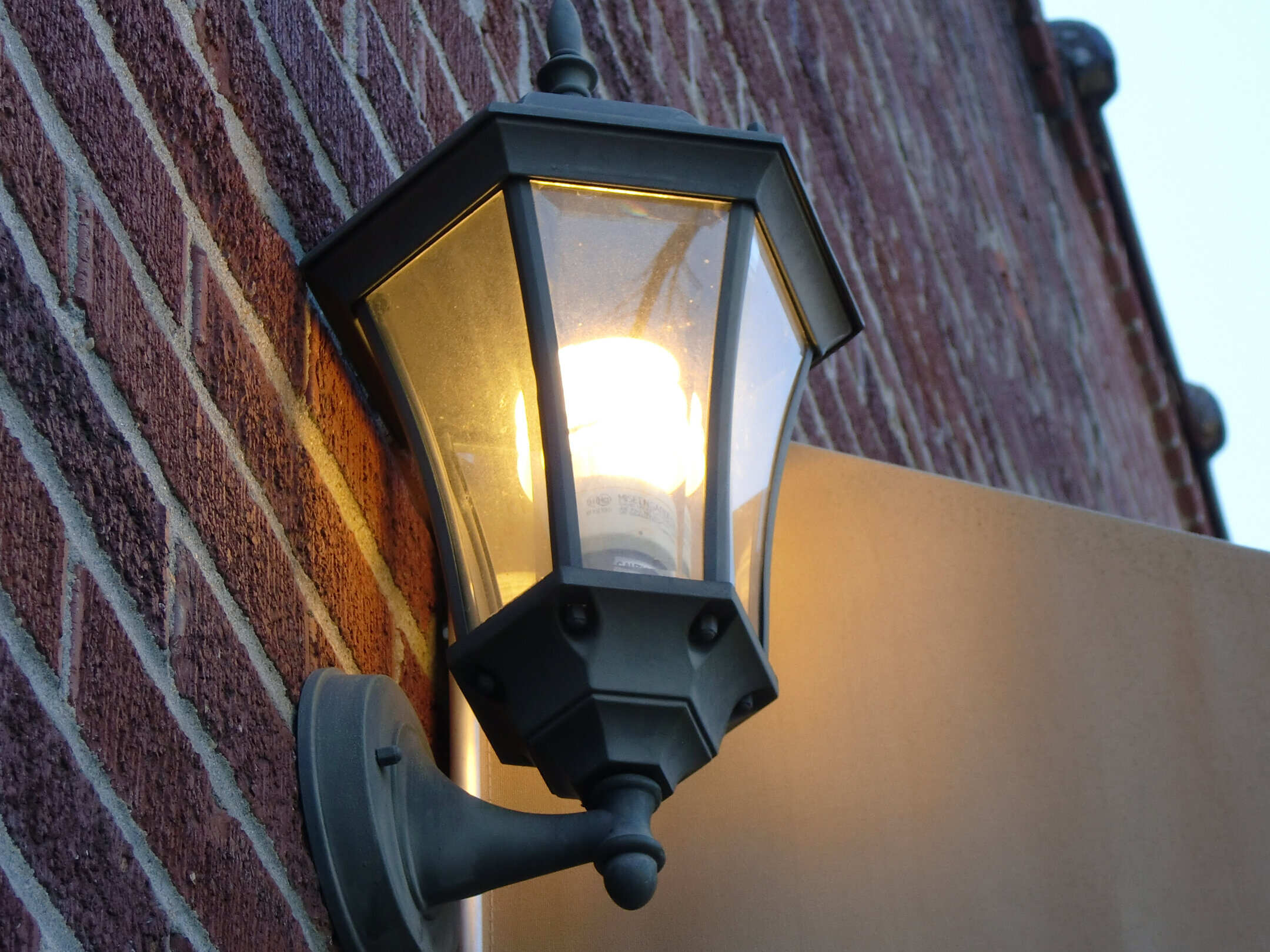
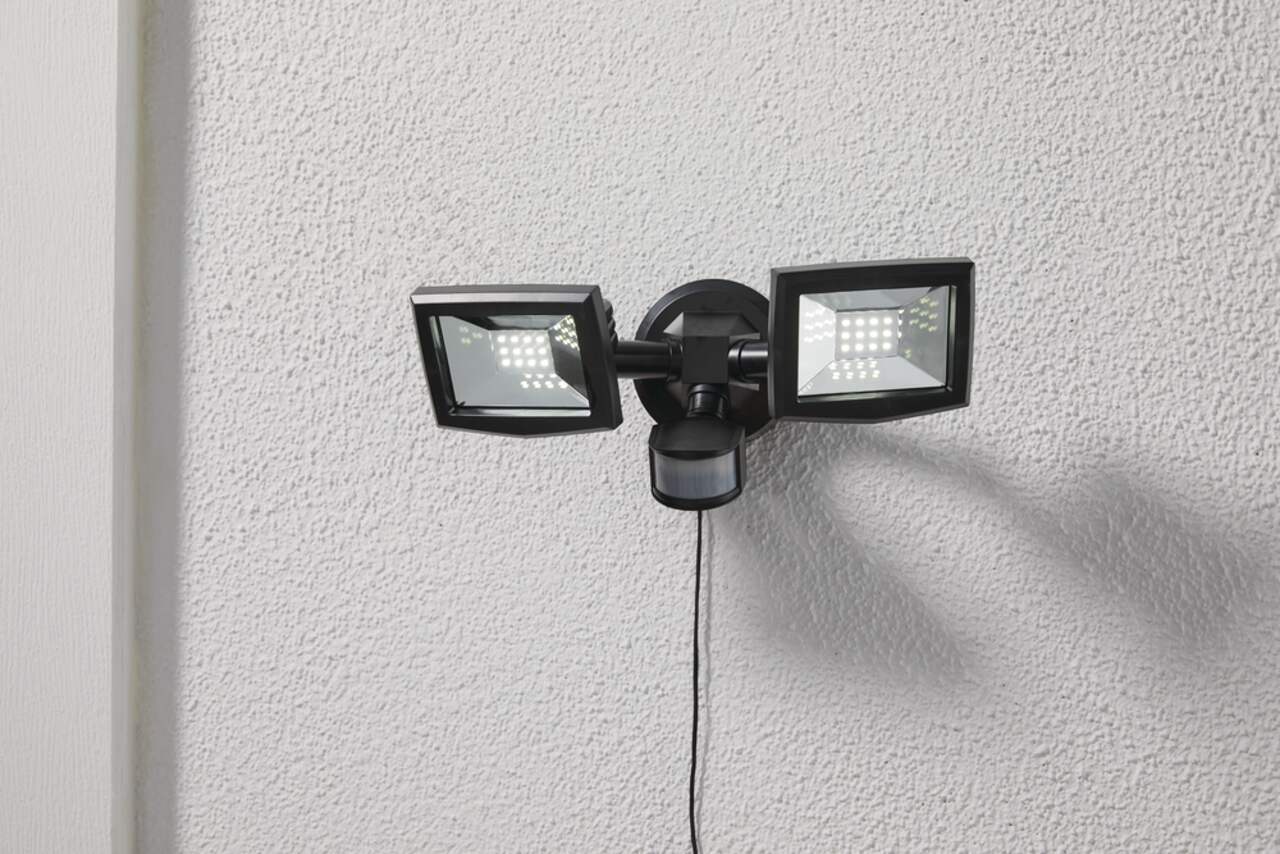
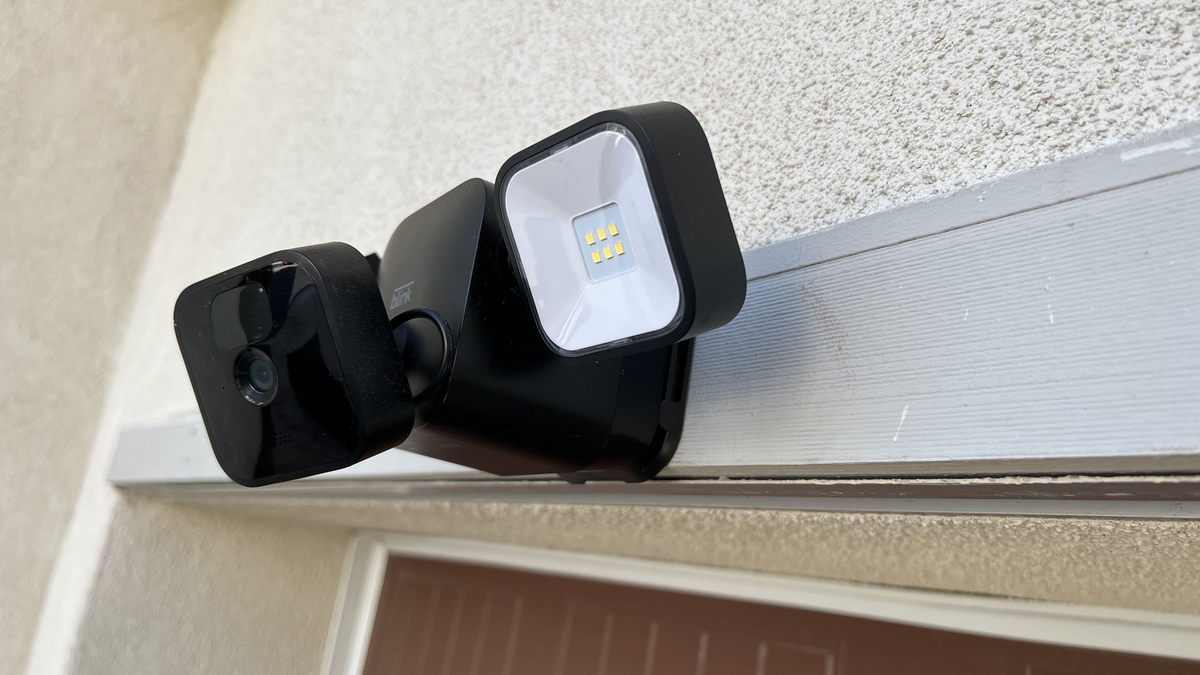
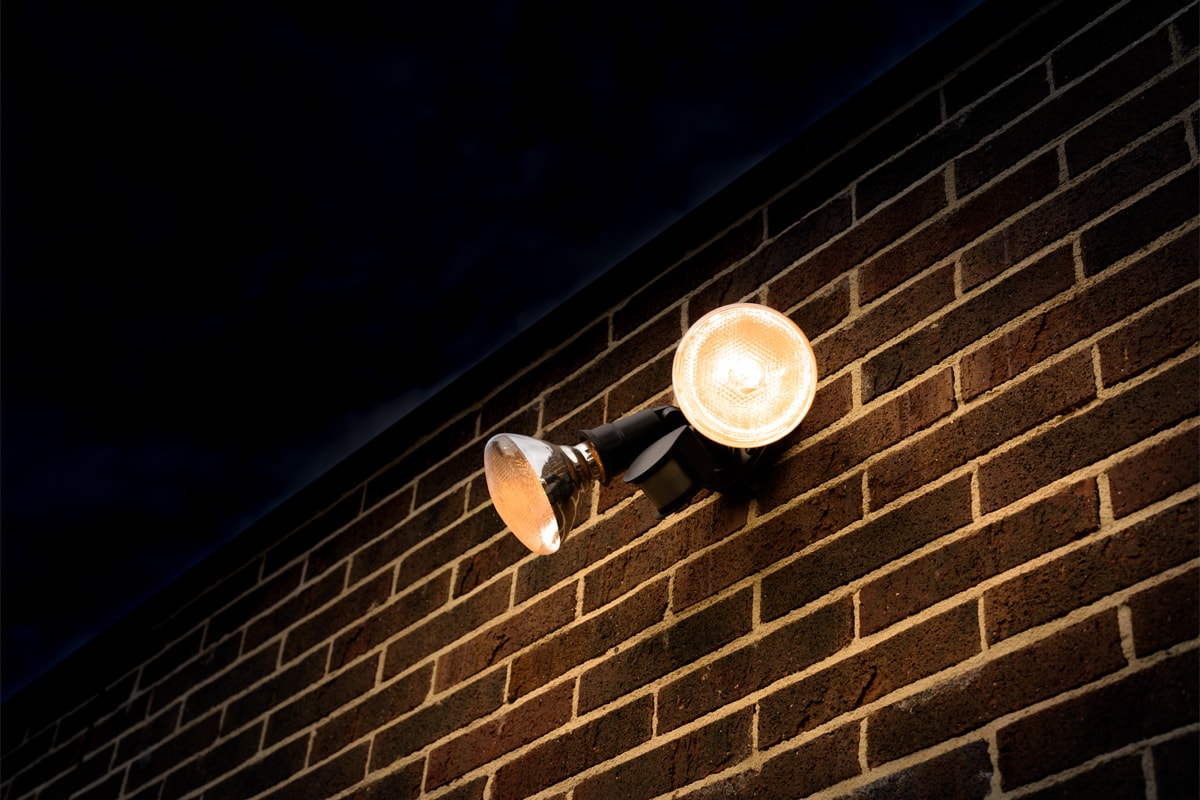

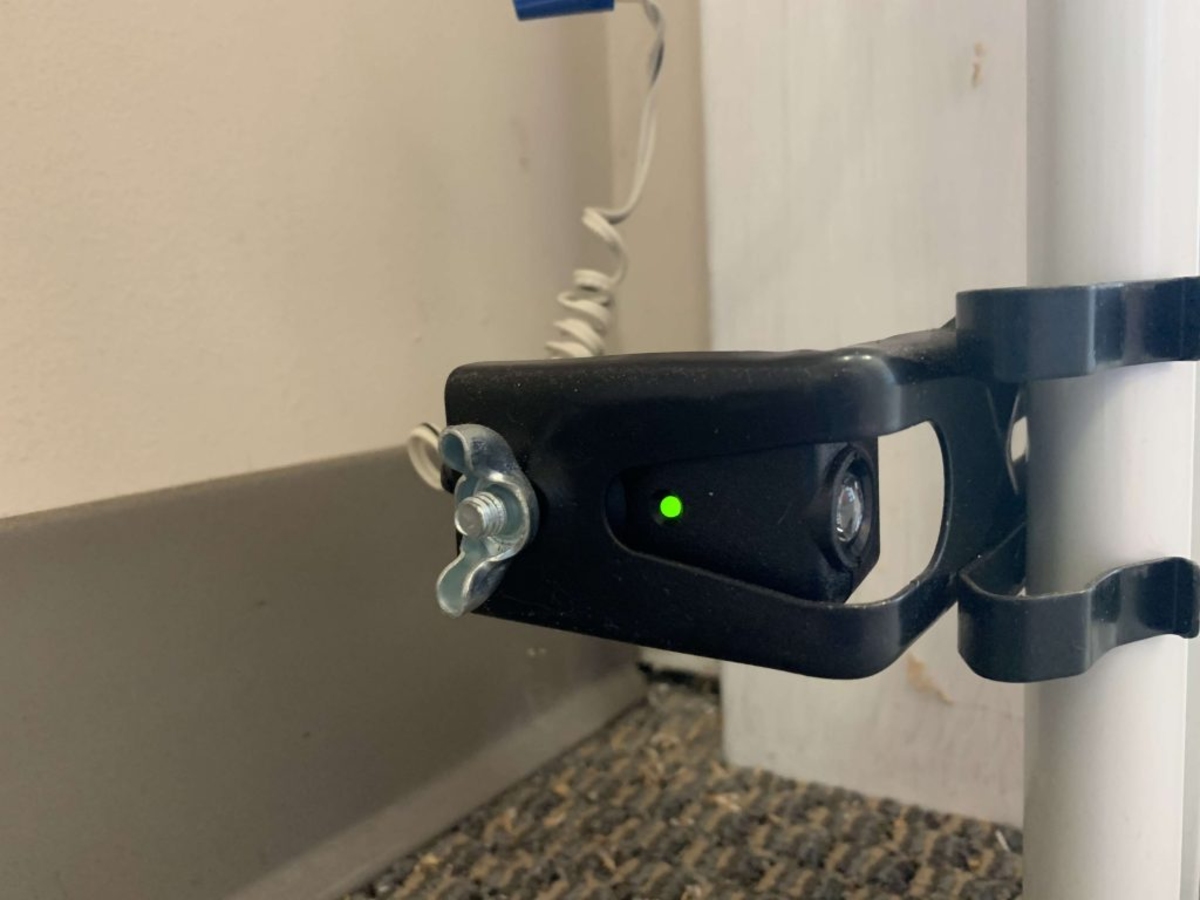
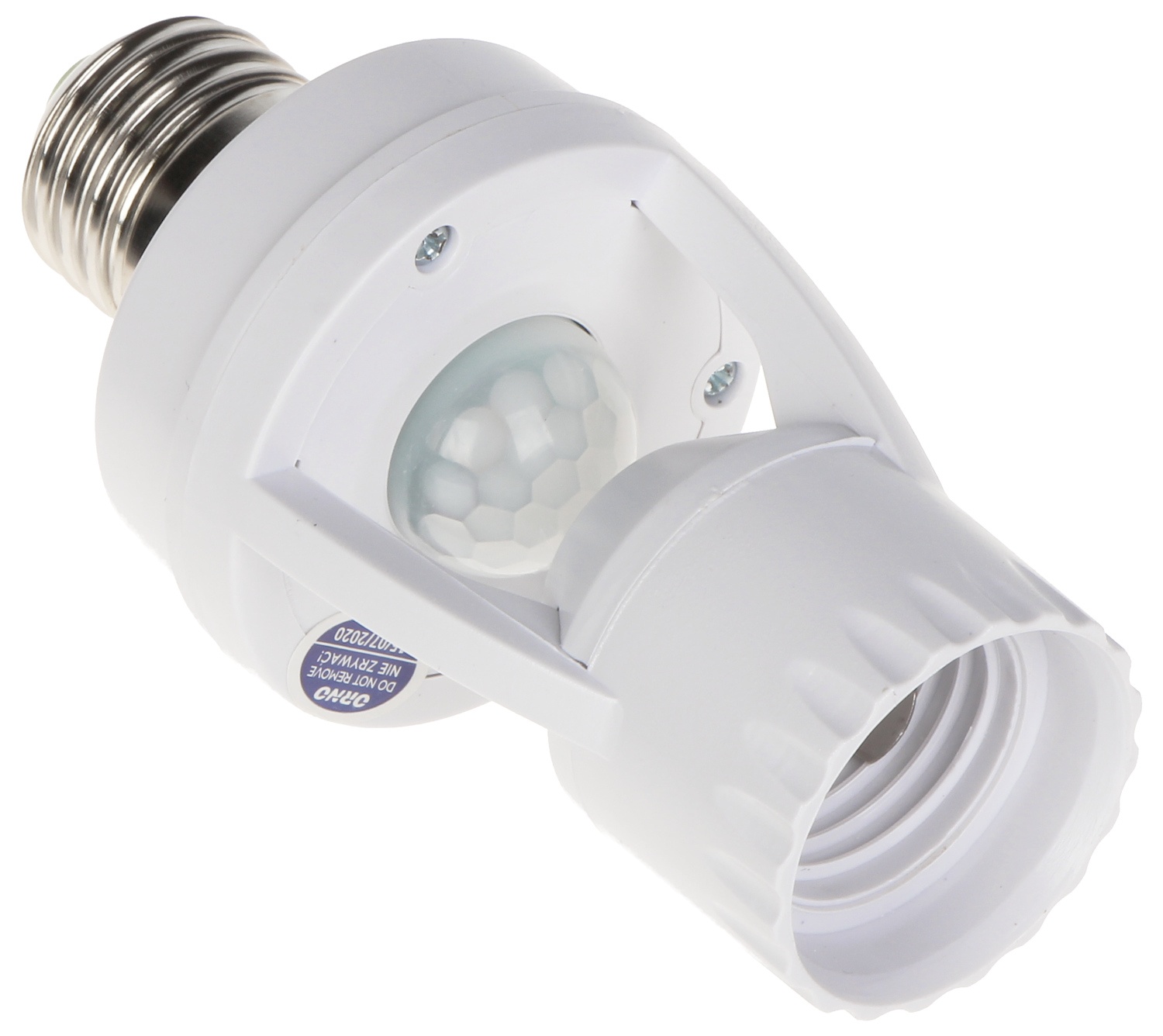
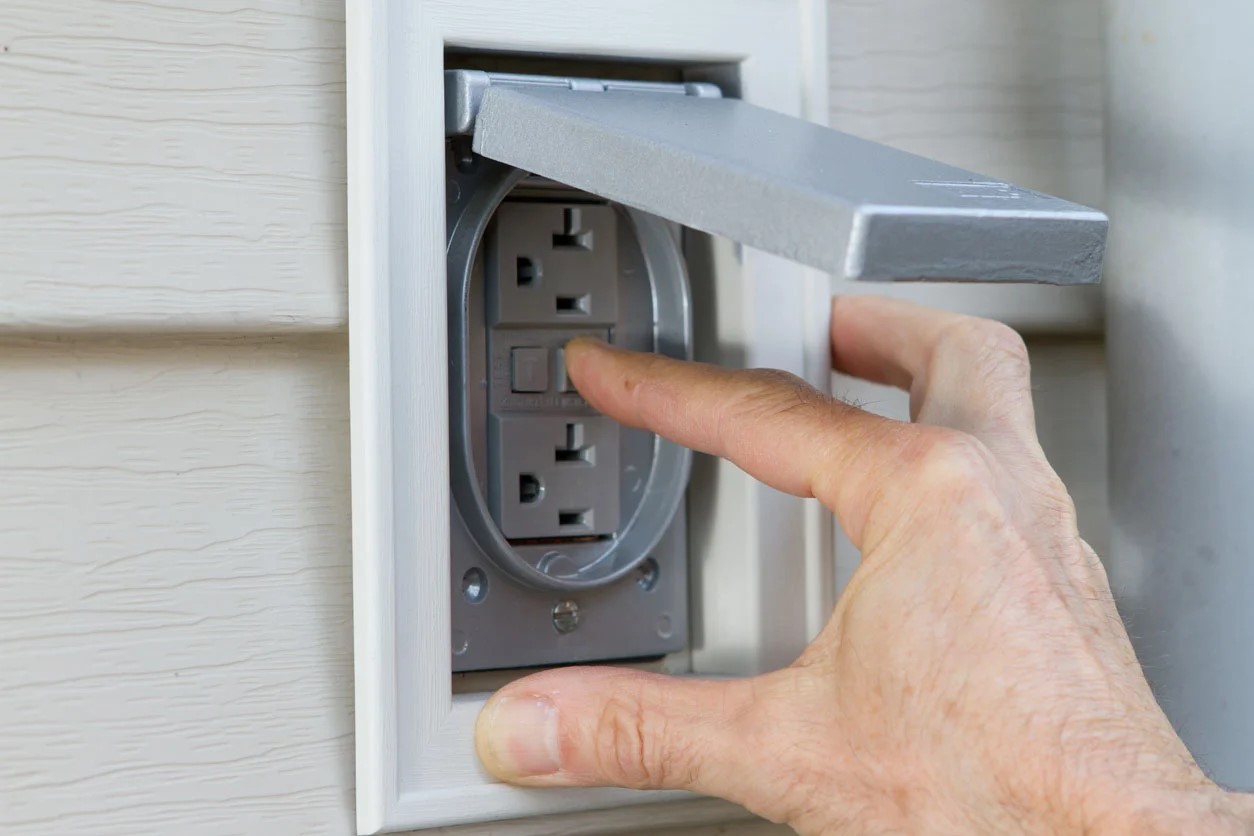
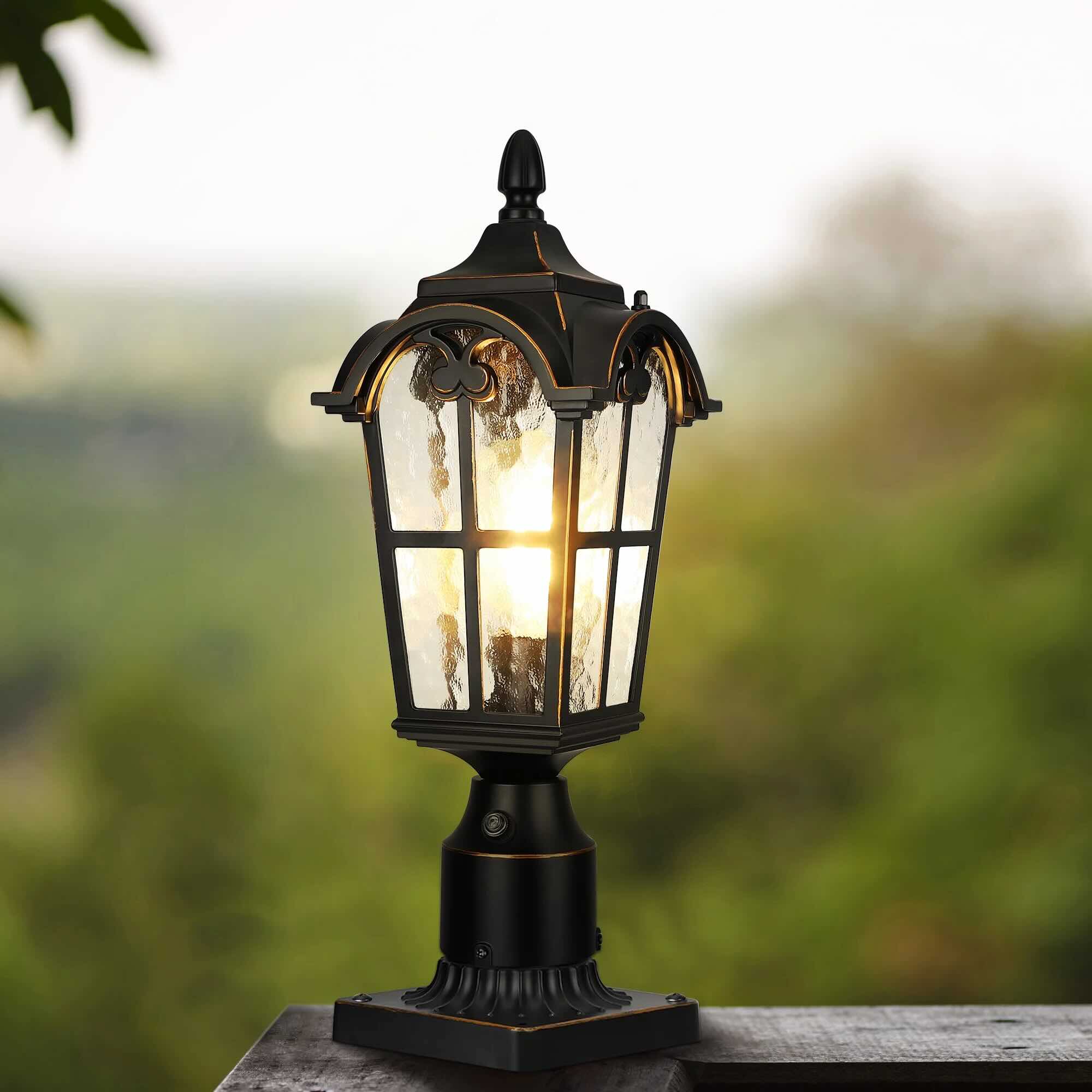
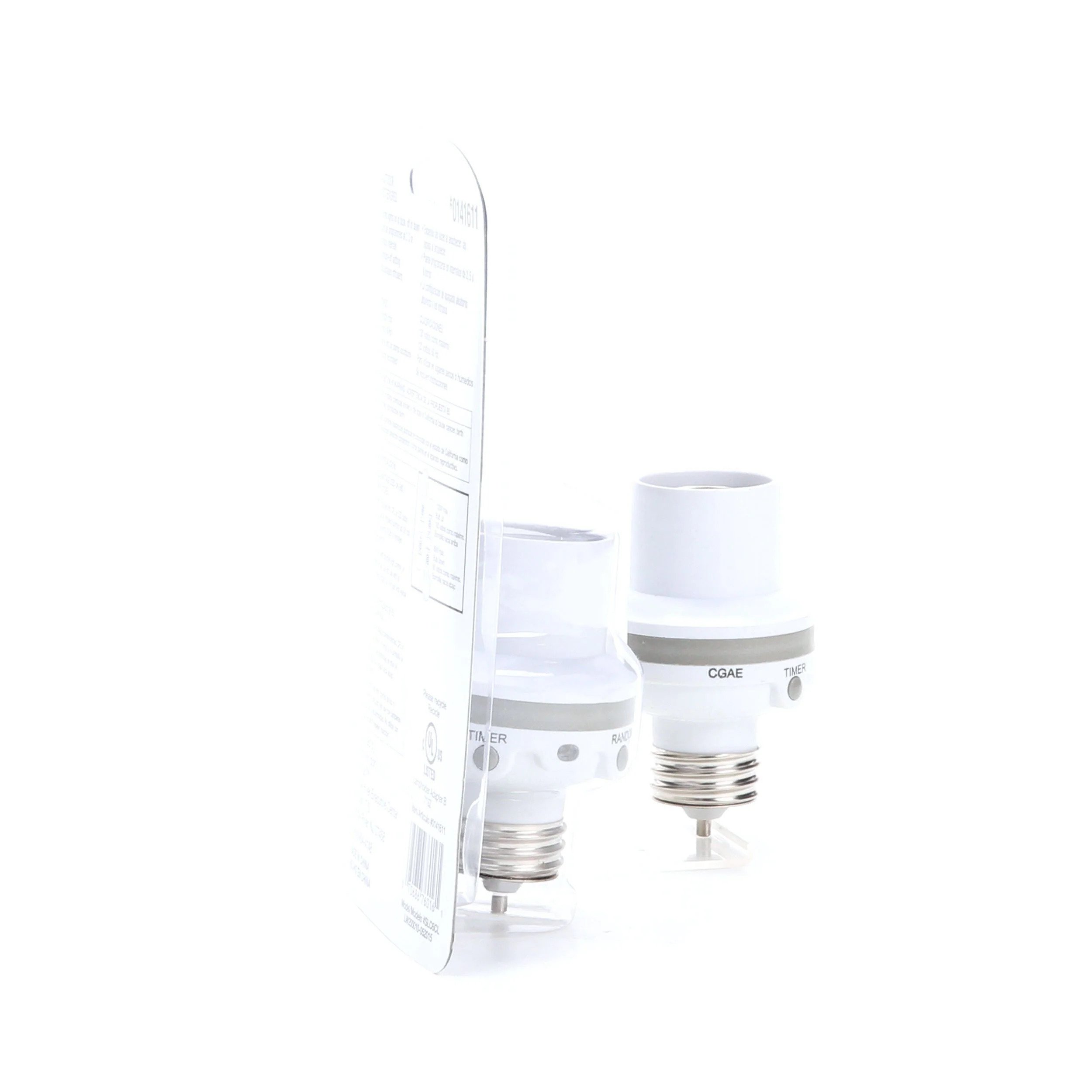
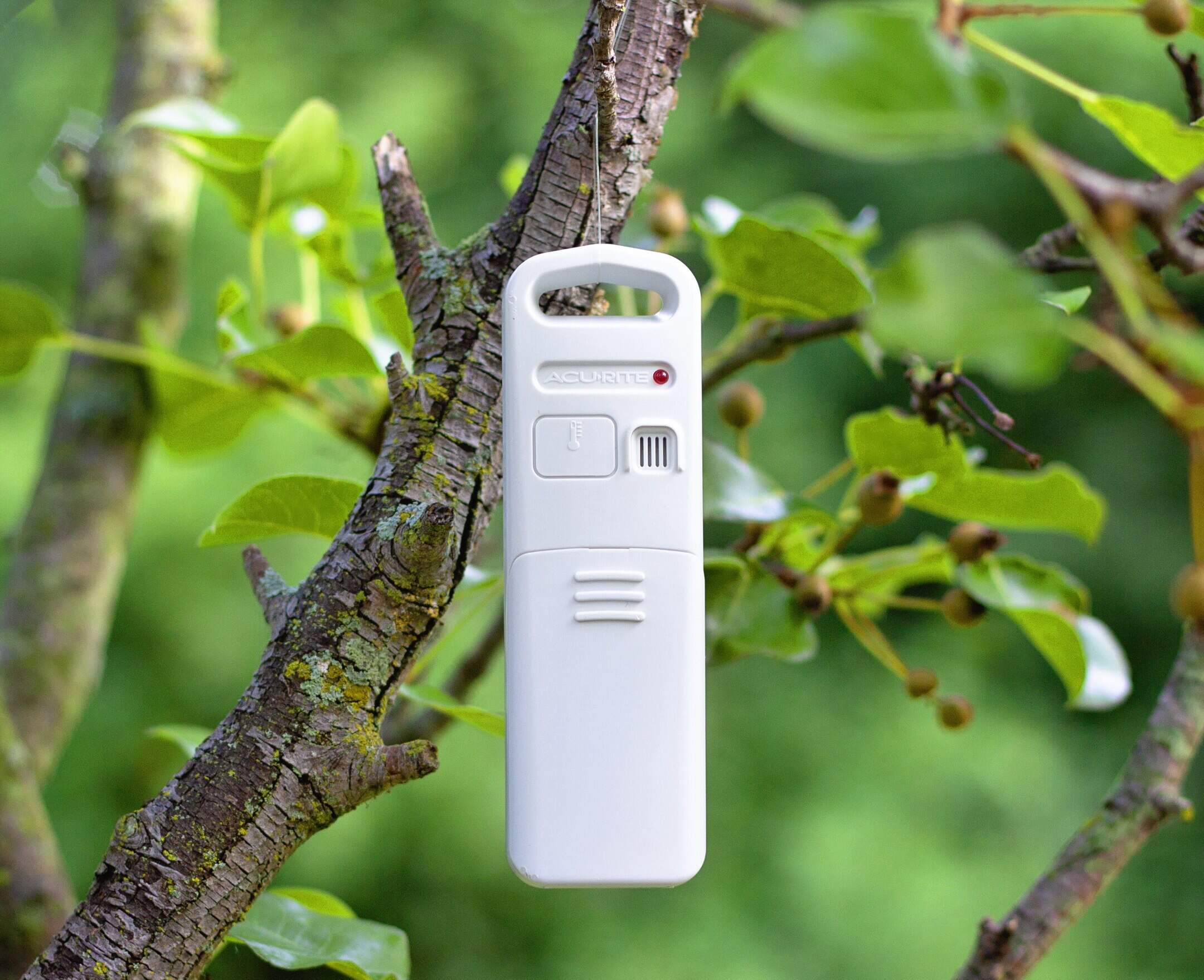
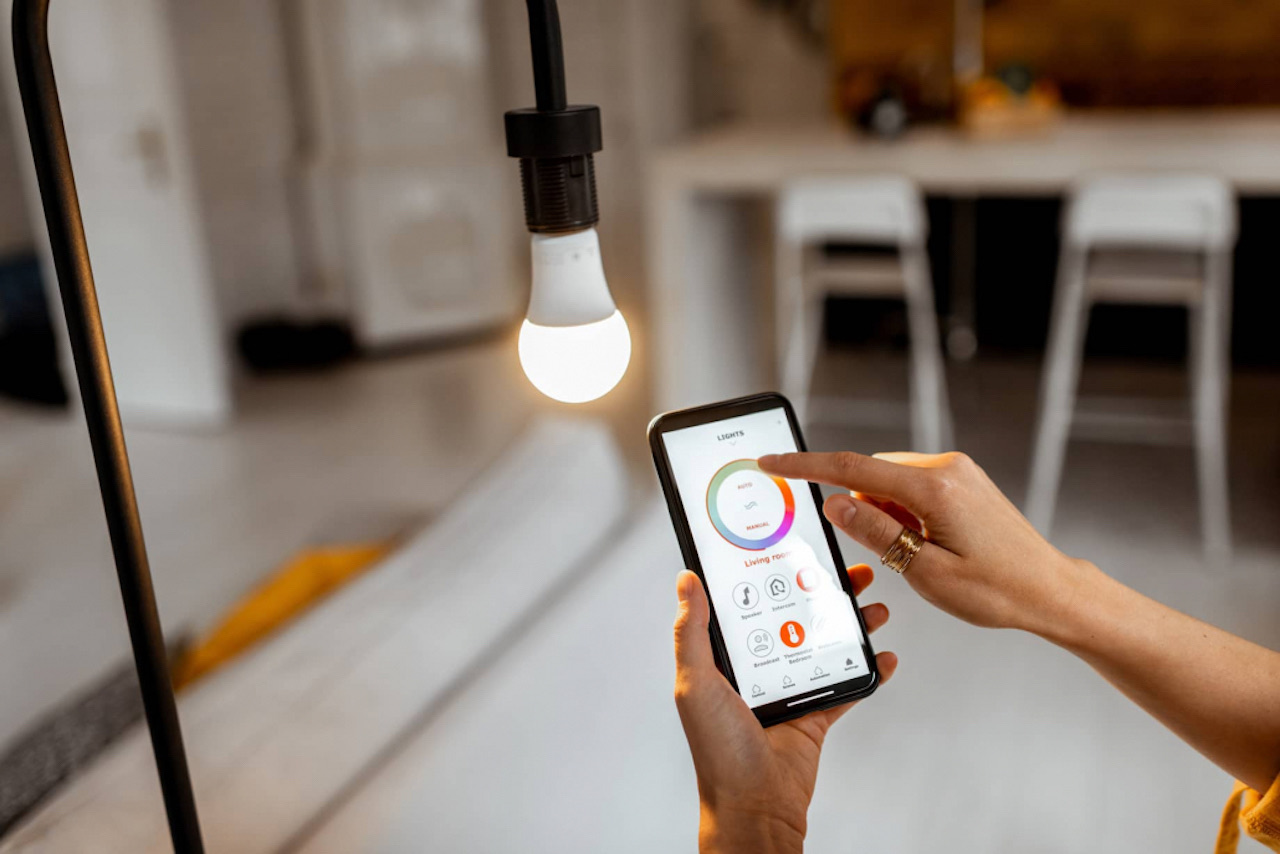
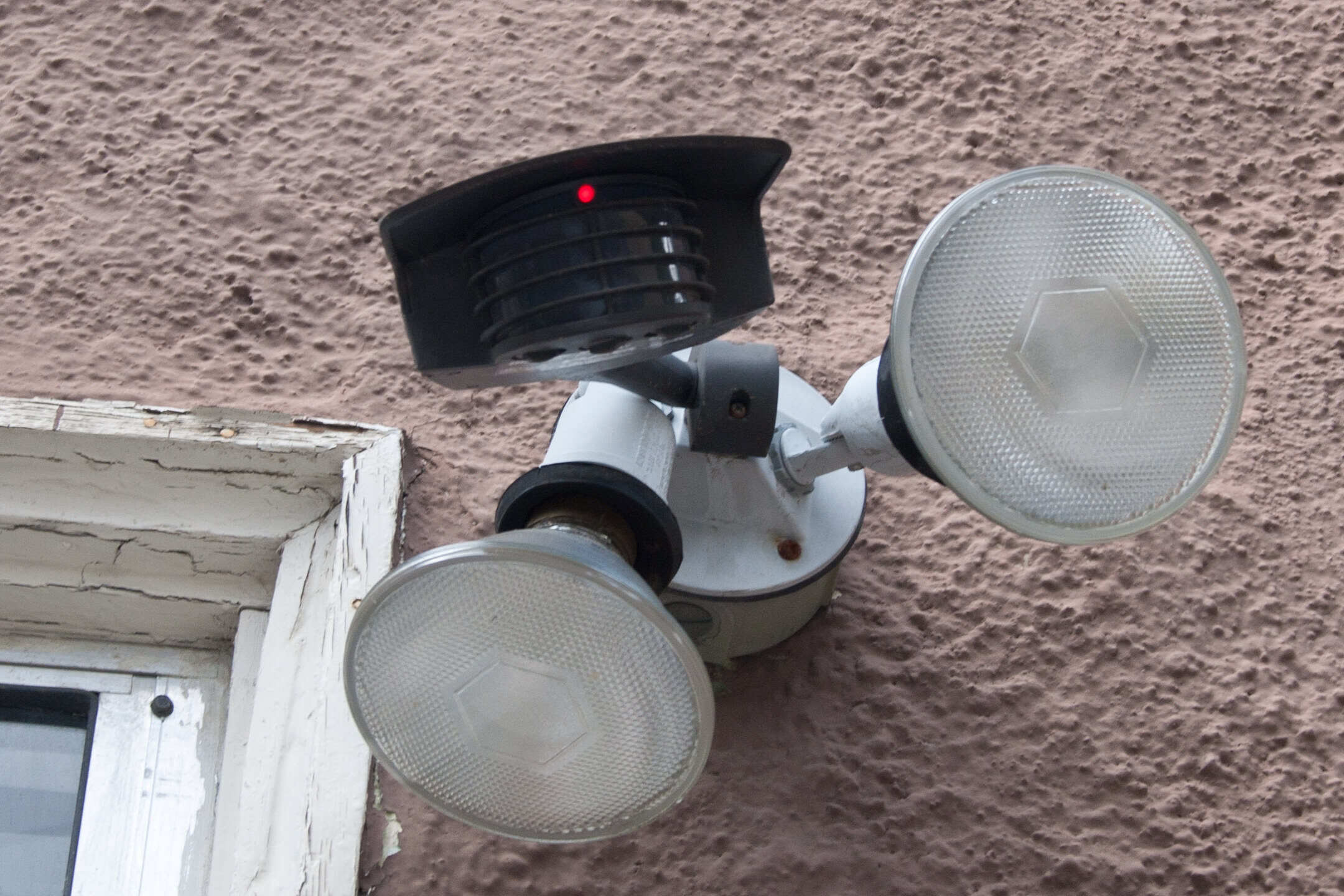
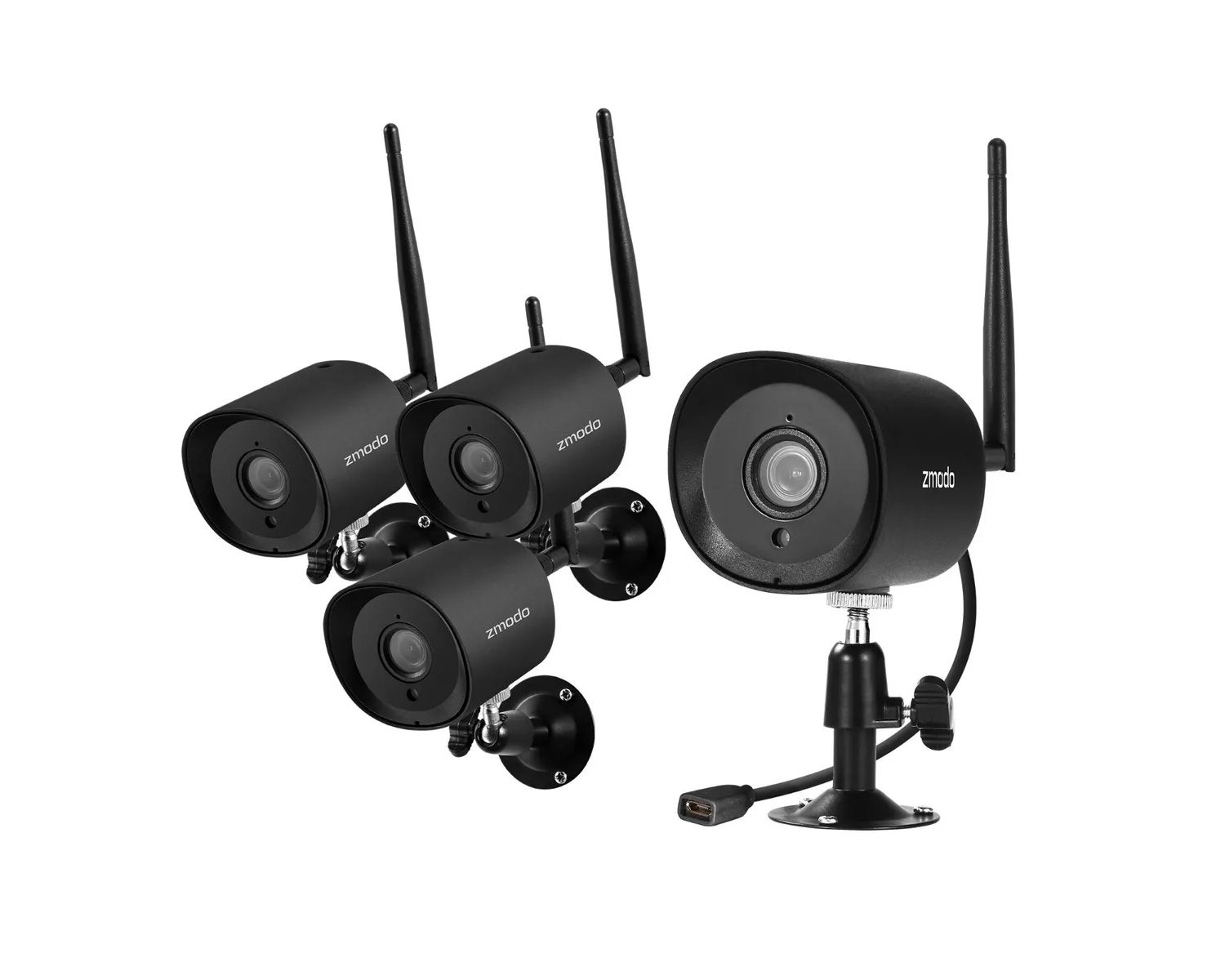

0 thoughts on “How To Reset Sensor Lights Outdoors”